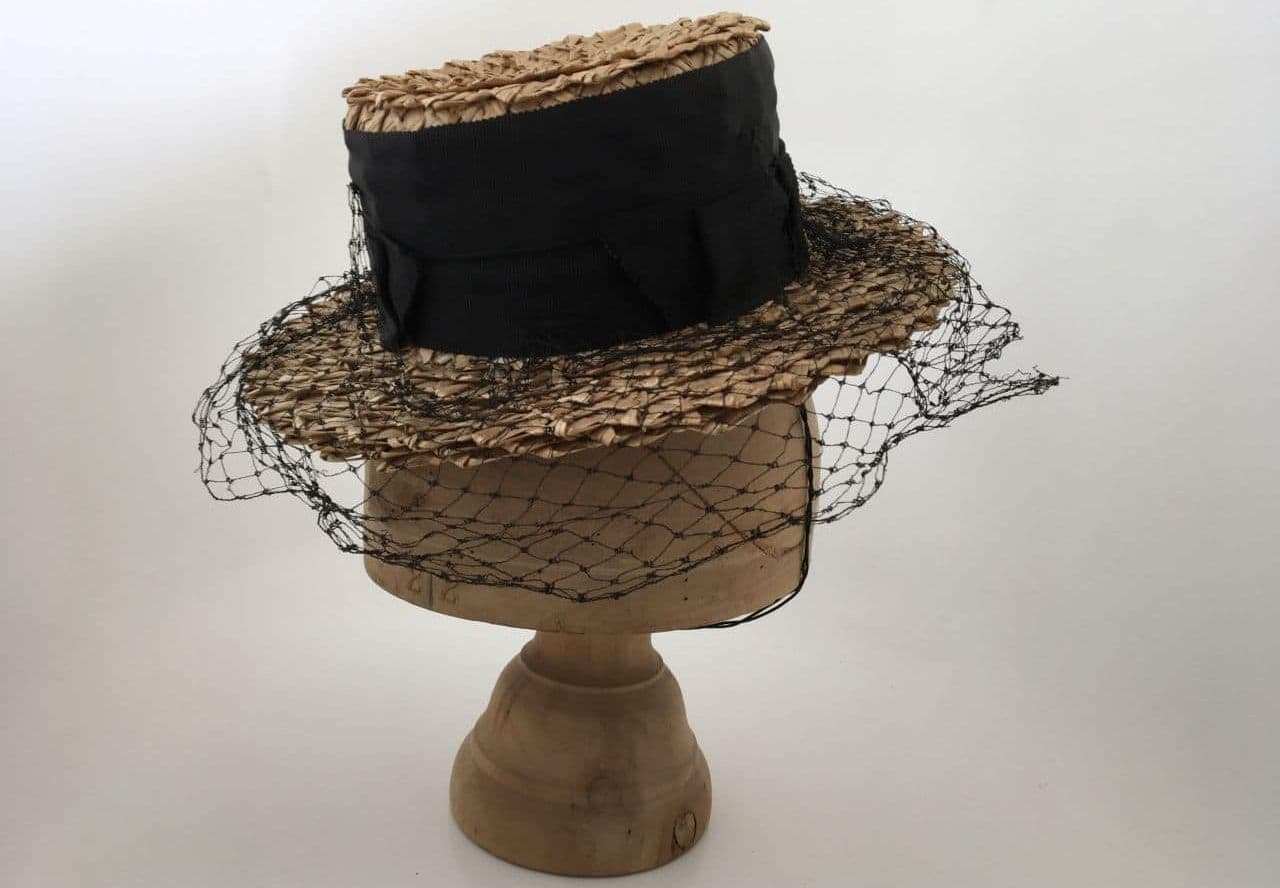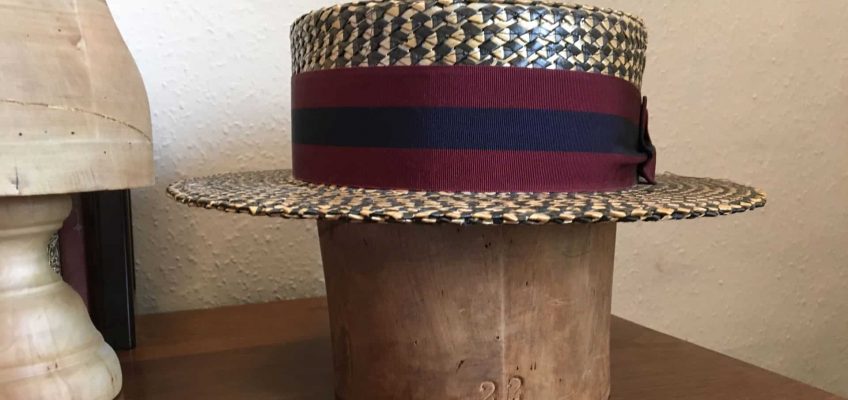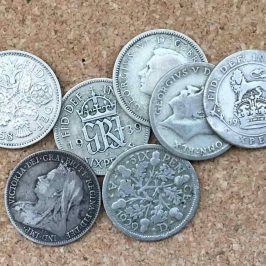Luton Hats – A Tale of Straw and Style
Luton, a town in Bedfordshire, England, is known for many things today – its airport, its football club, and its diverse community. But perhaps its most intriguing claim to fame is its historical connection to hat-making. This industry not only shaped the town’s economy for centuries but also left an indelible mark on its culture and identity.
The Origins: From Wheat Fields to Workshops
Luton’s hat-making journey began in the 17th century. The town’s surrounding wheat fields provided an abundance of straw, which local women began plaiting into hats. This cottage industry soon blossomed into a thriving trade, with Luton becoming renowned for its straw hats.
The Golden Age – Luton’s Rise as the Hat Capital
By the 19th century, Luton had established itself as the center of hat-making in Britain. The town’s hat industry expanded rapidly, evolving from small workshops to large factories. At its peak, Luton was producing over 70 million hats a year, earning it the title “The Hat Capital of the World.”

Innovation and Expansion: Beyond Straw
As fashions changed, so did Luton’s hat industry. The town’s hatters branched out from straw, incorporating felt, silk, and other materials. This adaptability ensured Luton’s continued dominance in the hat-making world, even as tastes evolved.
The Social Impact: Shaping Luton’s Society
Hat-making didn’t just influence Luton’s economy; it shaped its society. The industry provided employment for thousands, particularly women. It also attracted workers from across Britain and beyond, contributing to Luton’s diverse demographic makeup that persists today.
The Changing Tides of Fashion
The 20th century brought challenges to Luton’s hat industry. Changing fashion trends, particularly the decline in hat-wearing post-World War II, led to a gradual downturn. Many factories closed, and the industry that had defined Luton for centuries began to fade.
Legacy and Remembrance: Hats Off to History
While large-scale hat production in Luton is now a thing of the past, the town hasn’t forgotten its hatting heritage. The Wardown Park Museum houses an extensive collection of hats and hat-making equipment, keeping this important part of Luton’s history alive.
Modern Day: Echoes of a Hatting Past
Today, remnants of Luton’s hat-making past can still be seen throughout the town. From street names to architectural details on old factory buildings, the legacy of the hat industry continues to influence Luton’s landscape and identity.
The Hat Factory Arts Centre and Hat House are significant cultural sites that celebrate and preserve Luton’s hat-making heritage
More Than Just a Footnote in Fashion History
Luton’s connection with hat-making is more than just an interesting historical footnote. It’s a story of innovation, adaptation, and community that shaped a town and influenced fashion on a global scale. While the hat factories may have fallen silent, the impact of this industry continues to resonate through Luton’s streets, its people, and its enduring nickname: The Hat Capital of the World.
You can still by a Hat made in Luton
There are several surviving hat-making factories and workshops in Luton today. If you are looking for a quality traditionally made hat from Luton buy one from the following;
The Panama Hat Company: Located at Hat House, 32 Guildford St, this company continues the tradition of hat making with a focus on Panama hats, using traditional techniques and machinery.
Hats By Philip Wright: Situated at 29 Albion Rd, this workshop is part of Walter Wright Ltd and continues to produce hats using historical methods.
D R H Pickering & Co: Located at 8 Frederick St, this company remains active in the hat-making industry.
I Llewellyn & Co Ltd: Based at 104A Midland Rd, this company is another example of Luton’s enduring hat-making tradition.







